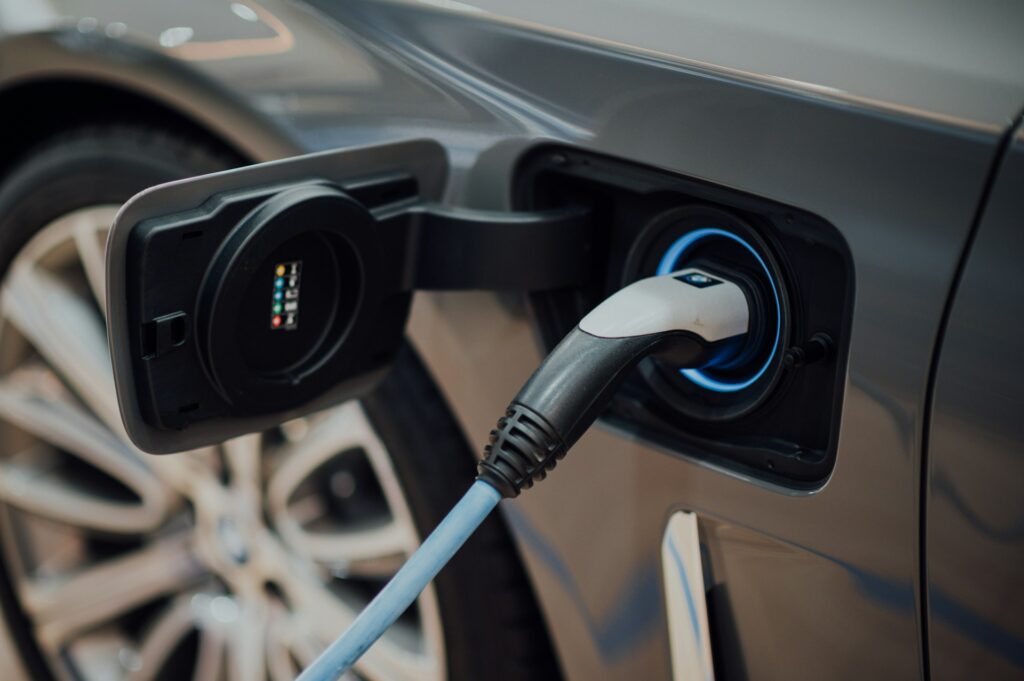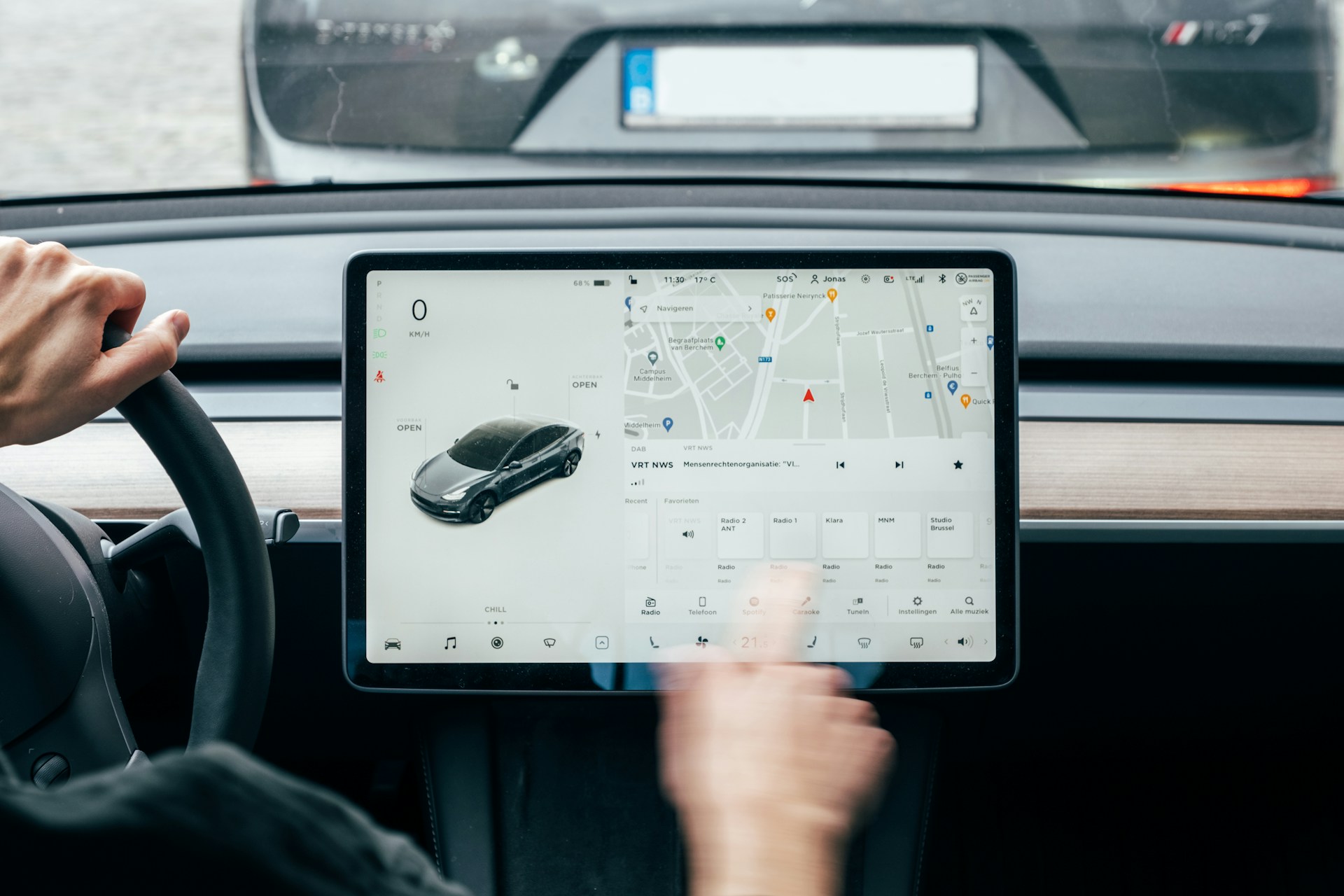The electric vehicle (EV) industry is accelerating at a record pace, reshaping not just how we drive, but how we think about mobility, infrastructure, and energy. In 2025, EVs are no longer just a cleaner alternative—they’re at the center of a global transformation. From smarter batteries to AI-powered charging stations, today’s trends are laying the groundwork for the transportation ecosystem of the future.
Let’s explore seven electric vehicle trends that are redefining how the world moves.

1. Solid-State Batteries Are Nearing Commercial Use
Traditional lithium-ion batteries have long been the standard in EVs. However, solid-state batteries promise to leap beyond their limitations. Offering faster charging times, higher energy density, and improved safety, solid-state technology is being tested by major automakers like Toyota, BMW, and Volkswagen.
Why It Matters:
Solid-state batteries could double the range of EVs while significantly reducing the risk of overheating and fires, all in a smaller, lighter package. Once mass production begins, expect EV affordability and performance to dramatically improve.
Use Case: Toyota plans to commercialize solid-state EVs by 2027 with a projected range of over 700 miles.
2. Wireless Charging Is Becoming Viable
Wireless EV charging isn’t science fiction anymore. Several companies are testing inductive charging pads that let drivers recharge their EVs without plugging in. Urban centers and smart parking lots are among the first locations experimenting with this technology.
Why It Matters:
Wireless charging could eliminate one of the biggest friction points of EV ownership: remembering to plug in. For fleets, taxis, and autonomous shuttles, wireless charging while parked or idling increases uptime and reduces infrastructure wear.
Use Case: In Oslo, Norway, wireless taxi charging has already been deployed at taxi stands using charging pads embedded in the pavement.
3. Vehicle-to-Grid (V2G) Integration Is Taking Off
V2G technology allows EVs to not only draw energy from the grid but also feed it back during high demand. EVs can now function as mobile power storage units, helping balance grid load, reduce blackouts, and support renewable energy systems.
Why It Matters:
As EV adoption grows, so does the opportunity to turn millions of parked vehicles into a decentralized energy resource. For consumers, it could also mean financial incentives for returning power during peak hours.
Use Case: Nissan’s Leaf is already V2G-capable, and several utilities in the U.S. and Europe are piloting consumer V2G incentive programs.
4. Autonomous EV Fleets Are Scaling in Cities
Companies like Tesla, Waymo, and Cruise are racing to combine autonomous driving with EV technology. In 2025, limited robotaxi deployments in cities like San Francisco and Austin are already underway. These EV fleets are reshaping how people think about car ownership.
Why It Matters:
Autonomous EVs reduce the need for individual car ownership, promising lower emissions and fewer vehicles on the road. In the long run, this could shift entire urban planning models and encourage smarter, denser cities.
Use Case: Cruise and Waymo are expanding their driverless EV services across several U.S. cities with 24/7 operation zones.
5. Ultra-Fast Charging Networks Are Expanding
One of the biggest barriers to EV adoption is “range anxiety.” In response, ultra-fast charging networks like Tesla Superchargers, Electrify America, and Ionity are rolling out 350 kW+ stations that can recharge EVs in under 20 minutes.
Why It Matters:
As charging becomes nearly as fast as refueling a gas car, the convenience gap between EVs and traditional vehicles narrows. This is especially important for long-distance travel and commercial fleets.
Use Case: Porsche’s Taycan can gain 60 miles of range in just 5 minutes using 270 kW charging at compatible stations.
6. AI Is Optimizing Charging and Route Planning
Artificial intelligence is helping EV drivers maximize efficiency by predicting battery performance, identifying optimal charging stations, and adjusting routes to save time and energy. AI is also playing a role in dynamic pricing for public charging.
Why It Matters:
Smart software makes EV ownership easier and more predictable. From real-time alerts to predictive maintenance, AI minimizes friction and supports smarter infrastructure planning for cities.
Use Case: Apps like A Better Routeplanner (ABRP) and Tesla’s onboard system already use AI to adjust travel routes based on energy consumption models and real-time conditions.
7. Sustainable Manufacturing and Recycling Are Gaining Ground
As more EVs enter the market, questions around sustainability and battery waste are growing. Automakers are adopting recycled materials, investing in closed-loop battery recycling, and reducing rare earth metal dependency.
Why It Matters:
EVs can’t be truly green if their production harms the environment. Manufacturers are now taking a cradle-to-grave approach, ensuring that every stage of a vehicle’s life—manufacturing, use, and disposal—is as eco-friendly as possible.
Use Case: Redwood Materials and Li-Cycle are two companies leading battery recycling in North America, partnering with major EV manufacturers.
The Road Ahead
The trends outlined above are converging to create a future where EVs are smarter, cleaner, more accessible, and deeply integrated into everyday life. What once was a niche category for early adopters is now a central pillar in the global effort to decarbonize transportation and modernize infrastructure.
From vehicle autonomy to AI-enhanced planning and sustainable battery sourcing, the electric vehicle industry in 2025 is about much more than going electric—it’s about reshaping how we move, live, and power the world.


Leave a Reply